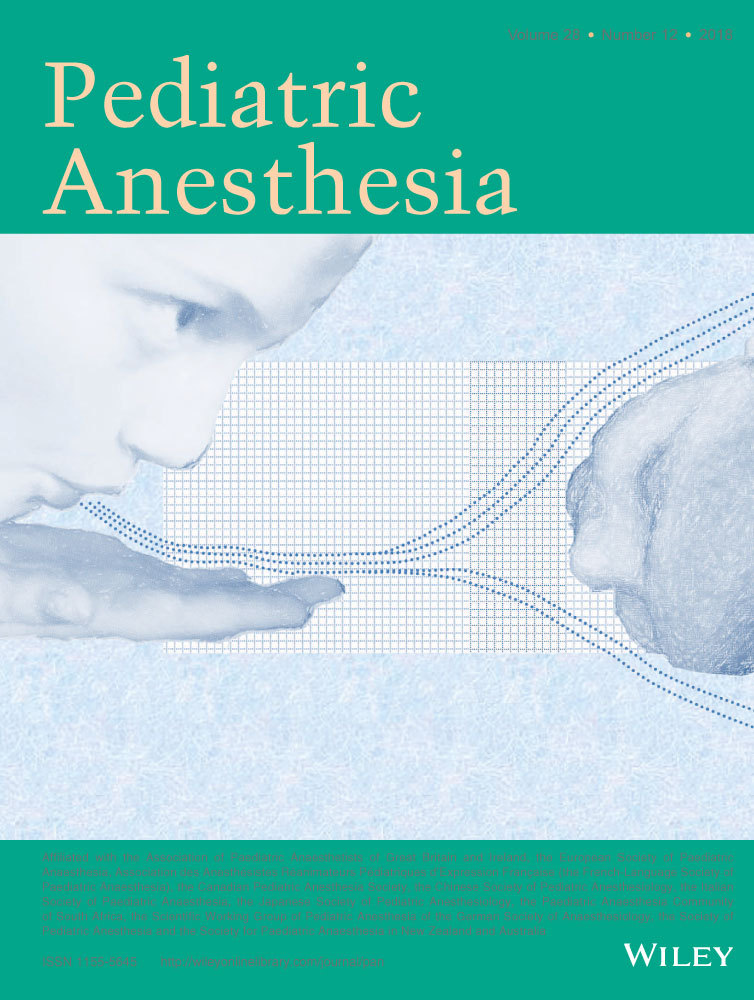Perioperative management of tracheocutaneous fistula closure in children: A review of 96 cases
Summary
Background
A tracheocutaneous fistula is a known complication following tracheostomy decannulation. Although surgical techniques for its repair are well described, there is no consensus about perioperative management and this procedure may generate significant airway and respiratory complications intraoperatively, and in the early postoperative period. We aimed to describe variations in perioperative management in tracheocutaneous fistula closure, estimate the incidence of early airway and respiratory complications, and identify any predisposing factors.
Methods
The otorhinolaryngology surgical database identified 118 tracheocutaneous fistula closures from August 1994 to September 2015. Ninety-seven case notes were located generating 96 procedures for retrospective review. The data collected included demographics, comorbidities, anesthetic, and surgical technique, and complications up to 24 hours postoperatively.
Results
The median age at surgery was 5 years 10 months (range 1 year 8 months to 19 years 6 months). Preoperatively, 72% of patients had a “mini” sleep study (where the tracheocutaneous fistula is covered and saturations measured overnight). Ninety percent had an inhalational induction and 96% a tracheal intubation. Intraoperatively, laryngospasm occurred in 2% and there was difficulty ventilating in another 2%. A “leak test” to check fistula repair airtightness was recorded in 35%. Postoperatively 24% had one or more episodes of oxygen desaturation. Major complications occurred in five patients (incidence 5%, 95% CI 0.8-9.7); four patients had pneumothoraxes with two needing postoperative mechanical ventilation and one patient developed life-threatening subcutaneous emphysema.
Conclusion
Perioperative care for children undergoing tracheocutaneous fistula closure was not standardized. Advocated tests such as preoperative “mini” sleep studies and “leak test” intraoperatively were not consistently performed. Intraoperative anesthetic complications were uncommon; however, major postoperative respiratory complications were 5%.




